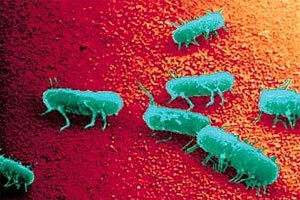Campylobacter on the rise, Salmonellosis declining

The European Food Safety Authority (EFSA) and the European Centre for Disease Prevention and Control (ECDC) publish the Community Zoonoses Report, analysing infectious diseases from animals to humans.
The Report (for 2007) shows that although figures varied considerably between Member States, Campylobacter infections still topped the list of zoonotic diseases in the European Union and that the number of cases due to Salmonella infections in humans fell for the 4th year in a row. Cases of listeriosis remained at the same level.
In 2007, infections from Campylobacter were again the most frequently reported zoonotic disease in humans across the EU with 200,507 cases compared to 175,561 in the previous year, an increase of 14.2%. Regarding Salmonella, although the number of cases showed a decrease for a 4th successive year, 151,995 people were affected by the bacterium in 2007 compared to 164,011 in 2006. The number of Listeria infections in humans in 2007 remained at the same level as in 2006 with 1,554 confirmed cases; Listeria also showed the highest mortality rate, especially among vulnerable groups.
“The 2007 Zoonoses Report shows that many bacteria are still being transmitted from animals to our food. It is good to see that Salmonella is on the decline likely due to the control measures taken along the food chain. Campylobacter and Listeria in food are still of concern and need to be addressed,” EFSA’s Director of Scientific Cooperation, Hubert Deluyker said.
Related link:
The European Food Safety Authority (EFSA)
European Centre for Disease Prevention and Control (ECDC)













